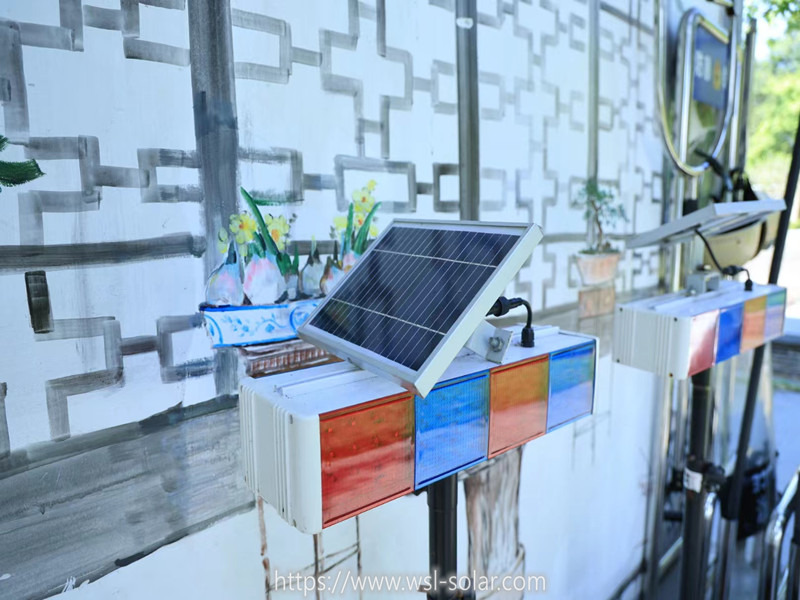Recently, under the combined effect of the greenhouse effect and the El Niño phenomenon, extreme high temperature weather has generally occurred in various parts of the world. For photovoltaic modules exposed for a long time, high temperatures will reduce their power generation, affect the power generation efficiency of the modules, accelerate the loss of sensitive components, and reduce the insulation performance of the enameled wires of motor coils in photovoltaic modules, cables, inverters and other electrical equipment, causing a short circuit and ignition of the circuit. In severe cases, it may even cause a fire in the photovoltaic power station, endangering personal safety and property safety.

Since the design and operation cycle of photovoltaic power plants is as long as 25-30 years, they are bound to experience extreme weather many times during their long life cycle. So, what efforts have photovoltaic manufacturers made to ensure that modules operate reliably at high temperatures?
By observing the "peak power temperature coefficient" (Pmax) of the solar module, we can intuitively compare the power generation performance of photovoltaic modules from different manufacturers in high-temperature environments, and then evaluate their heat resistance. The peak power temperature coefficient is a negative number. The smaller its absolute value, the better the power generation performance of the component under high temperature conditions. Generally speaking, when the module operates at a standard operating temperature of 25°C, the module output power is 100%. After that, every time the operating temperature increases by 1°C, the module output power will decrease accordingly. For example, the peak power temperature coefficient of the mainstream PERC solar module currently on the market is -0.34%/°C. When the operating temperature of the solar module is higher than 25°C, its output power will decrease by 0.34% for every degree of increase.
In an era of frequent extreme weather, solar modules with smaller absolute peak power temperature coefficients are obviously more popular.
WSL Solar has been a quality and professional manufacturer of
custom solar panels, solar mini panels, IoT solar panels and solar solution provider in China since 2006.
https://www.wsl-solar.com
